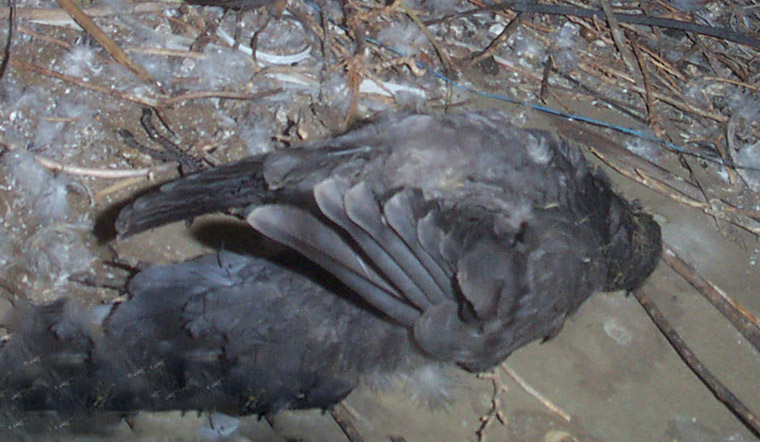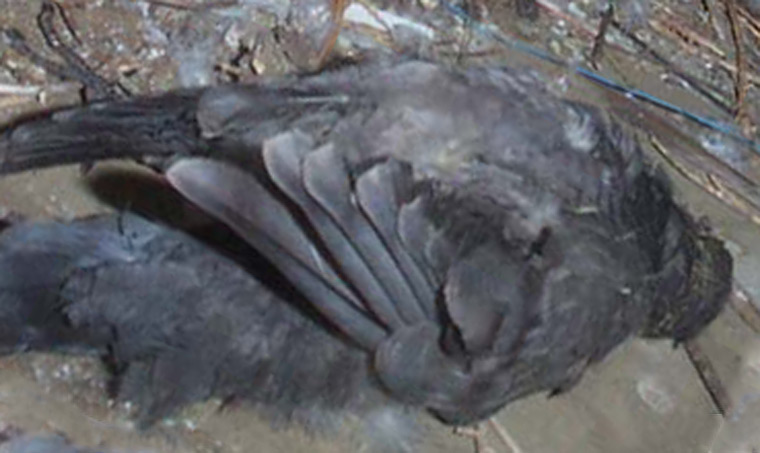-
info@aaanimalcontrol.com
Call us for help in your town
Humane Wildlife Education
Bird removal in sub floor vent
Need bird removal in your hometown? We service over 500 USA locations! Click here to hire us in your town and check prices - updated for year 2020.
Birds are animals who are looking for a location
to find a home. This can often be under the eaves
of your roof, in the trees around your property,
or even in the chimney of your home. They are
simply looking for a rather secluded or isolated
location where they can feel free to enjoy a place
to live and thrive.

While a majority of those places you simply may
not care about, there may become instances where a
bird has set up its nest in a place that simply
won't do for you. This can be especially true of
the sub floor vent in your house. This is not a
location where you want birds to be thriving, so
you probably want to know how to remove birds if
they get into the sub floor vent of your home?
Most people would simply opt to call some kind of
exterminator to have the birds removed from their
sub floor vent. That can be a way that you can
ensure that the problem is resolved, but it can
also be an expensive option. This leads many to
decide to try to resolve the issue on their own.
Before doing anything, is important for you to be
able to identify the kind of bird that is in your
vent. If you find that it is early in the spring
time that it is likely that this bird has not
established much of a nest yet because it is early
on in the year. That's good news if it is true.
Your next step is to determine how much nesting
material is inside the vent. The longer the bird
has been there the greater the amount of material
that should be present. If you are unable to see
directly into the vent itself, then it may be to
your advantage to purchase one of those
fiber-optic cameras that you can run down your
ventilation system to see how much nesting is
present.
Your next step is to fish out the nesting material
or other debris that is in the ventilation area.
This is actually done with a device that is
referred to as a “fish” which allows you to grab
items and pull them out, removing the nesting
materials. Before doing this, ensure that you are
wearing gloves, a surgical mask, goggles, and that
you have covered any exposed skin. This will
prevent bacteria and parasites from getting onto
you that may have been in the nesting material.
What you will find is as you remove the nesting
materials you also deny the bird a place for it to
create its home. The vast majority of birds, when
they see their nest is gone, will conclude that
there home has been compromised in some way and
will look to go somewhere else. This makes it so
that the bird will not likely return on its own.
To be safe, it is a good idea if you rescreen the
ventilation slot on the outside of your home so to
deprive the bird of any ability to get back into
your home.
Removal of Birds in Sub Floor Vent
Need bird removal in your hometown? We service over 500 USA locations! Click here to hire us in your town and check prices- updated for year 2020.
Vents, particularly sub floor vents, are a prime spot for birds. These vents are off the ground, much like tree branches offer, which means that ground-level predators are unable to get to not just the birds, but also bird nests. These vents also offer a lot of protection from the elements. Usually enclosed, they offer safety from rain, wind, snow, cold temperatures, and even the heat of the midday sun. To say that the vents in your home offer these animals everything they need would be about right.

The problem with 'renting' your vent space out to wild birds is that they often come with too many problems. Birds often enter these vents in tiny gaps that they may not be able to get out of again, and it is not uncommon for sub floor vents to become blocked with large nests and potentially even the carcasses of birds who sadly didn't make it.
Dryer vents are a commonly hit spot, mostly because of the warm environment it offers. Nests contain eggs, and these eggs require incubation. The protection from the vent, as well as the heat from the dryer, provides perfect conditions for a mother bird looking to raise her young. Not only can these nests clog up vents, but they can also be dangerous. Nests often contain highly flammable material and it is not safe to have this in a small, enclosed and hot space.
A dryer vent enclosure can help to stop birds from getting into sub floor vents, and you should also look at your bathroom vents while you're there too. These are usually placed up high, close to the roof of your home or building, once again providing virtually perfect conditions for birds to raise a nest of young. These pipes have a tendency to be incredibly small and narrow, posing a problem for larger, adult birds. Once they get in, they are usually unable to get out with ease. Once they start panicking and flapping around, the situation can go from bad to worse very quickly, and if the mother dies, her young will also die in the nest.
For more information, you may want to
click on one of these guides that I wrote:
How much
does bird removal cost? - get the lowdown on
prices.
How
to get rid of birds - my main bird removal
info guide.
Example
bird removal photographs - get
do-it-yourself ideas.
Bird
job blog - learn from great examples of bird
jobs I've done.
Removal of Birds in a Large Store or Warehouse


















